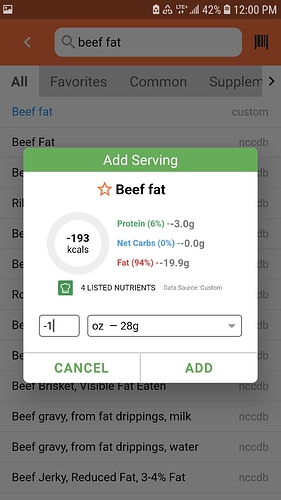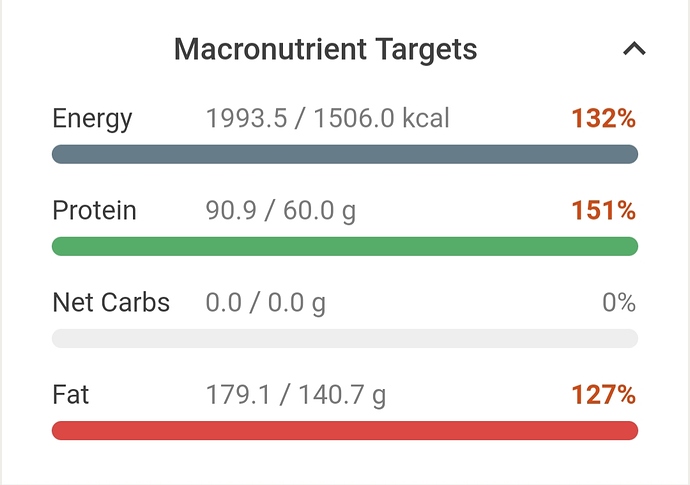Here is what I’ve noted in the whole question about how satiating fat is. There is a massive difference between the satiation derived from all the rendered fats and oils and that from unrendered meat fat. Oil, butter, tallow, bacon grease etc are not very satiating to me. Further, after a certain point too much makes me nauseated. I can eat a lot of beef fat and feel just wonderful afterward. Satiated, energetic, but without a super heavy feeling full feeling.
I notice that a lot of carnivores get their fat this way. There is very little addition of grease.
When it comes to Ted Naiman’s protocol I have mixed feelings mostly because people tend to only pay attention to half of his system. I believe his methods work well for those that actually follow all of his advice. However that advice includes not eating added fats if you are trying to lose weight. Basically, he recommends getting your fat only from fatty cuts of meat and never buying any oils, butter, or even mayo.
I’ve experimented a ton with how to eat the beef fat. At first all methods of cooking it were fails. I ate it anyhow because i could tell it made me feel better but the taste and texture was pretty crappy. Too much fat would render out leaving the leftover fat peice chewy and pretty much undoing the whole point of getting unrendered beef fat.
So then I started eating it basically raw. I’d just warm it super gently on power level 2 of the microwave for a couple of minutes and then eat it with my steak or whatever. No rendered fat and the taste was fine, a bit like hunks of butter.
But what I really wanted was the taste and texture of the unrendered beef fat that’s attached to my cooked steak and this raw approach was not that at all. (Although I do really like the raw stuff eaten with pork rinds).
I recently hit the magic method. I know it’s right because my husband likes it and he turned his nose up at all my earlier choices, and now he’s carving off a huge hunk of fat at every meal that isn’t already a ‘fattiest’ cut sort of meat. Basically, all you have to do is cook the fat slow and very low. If I cook it for a couple of hours at 80 to 150 F it’s absolutely fantastic. It’s cooked, tastes cooked, has the texture of cooked fat but nary a drop renders out.
As for how much you need. I guess that depends on how much food you eat.
Here are the macros i found for unrendered beef fat.
On a big eating day I can eat 140 grams of this in addition to my fatty meat cut.
Here are my macros for such a day.
As you can see it’s pretty much exactly 2:1 fat to protein. And I don’t shoot for that, it’s just what I happened to eat. But that’s the ratio my body seems to prefer when I eat specifically this way. But, no way I could tolerate this much fat if a significant portion of it was rendered.
I’m going to go against the grind it into a beef patty camp, with a caveat of a way that does work for me. High fat patties still render out a great deal even if the juice is still inside the burger as long as you cook them on high heat.
Here is a way that works to both cook the fatty patty and keep the beef fat unrendered. First I buy the fattiest grind that I can. Then I chop up even more beef fat and add it to the mix and form a patty. Then I cook it in the oven for at least an hour at 130 - 150 F. Then a 30 sec sear in a hot pan on each side. No more. Yums!!!


